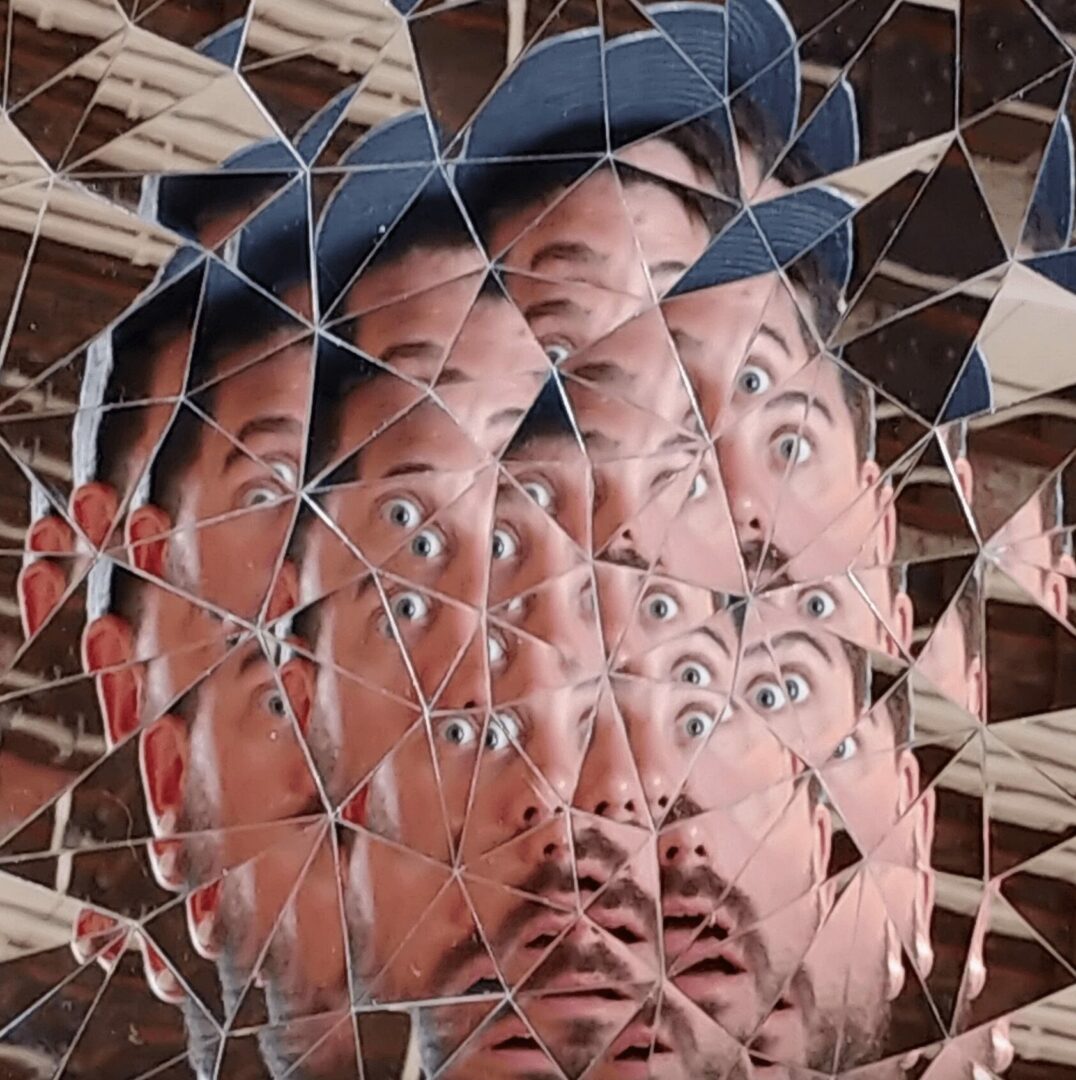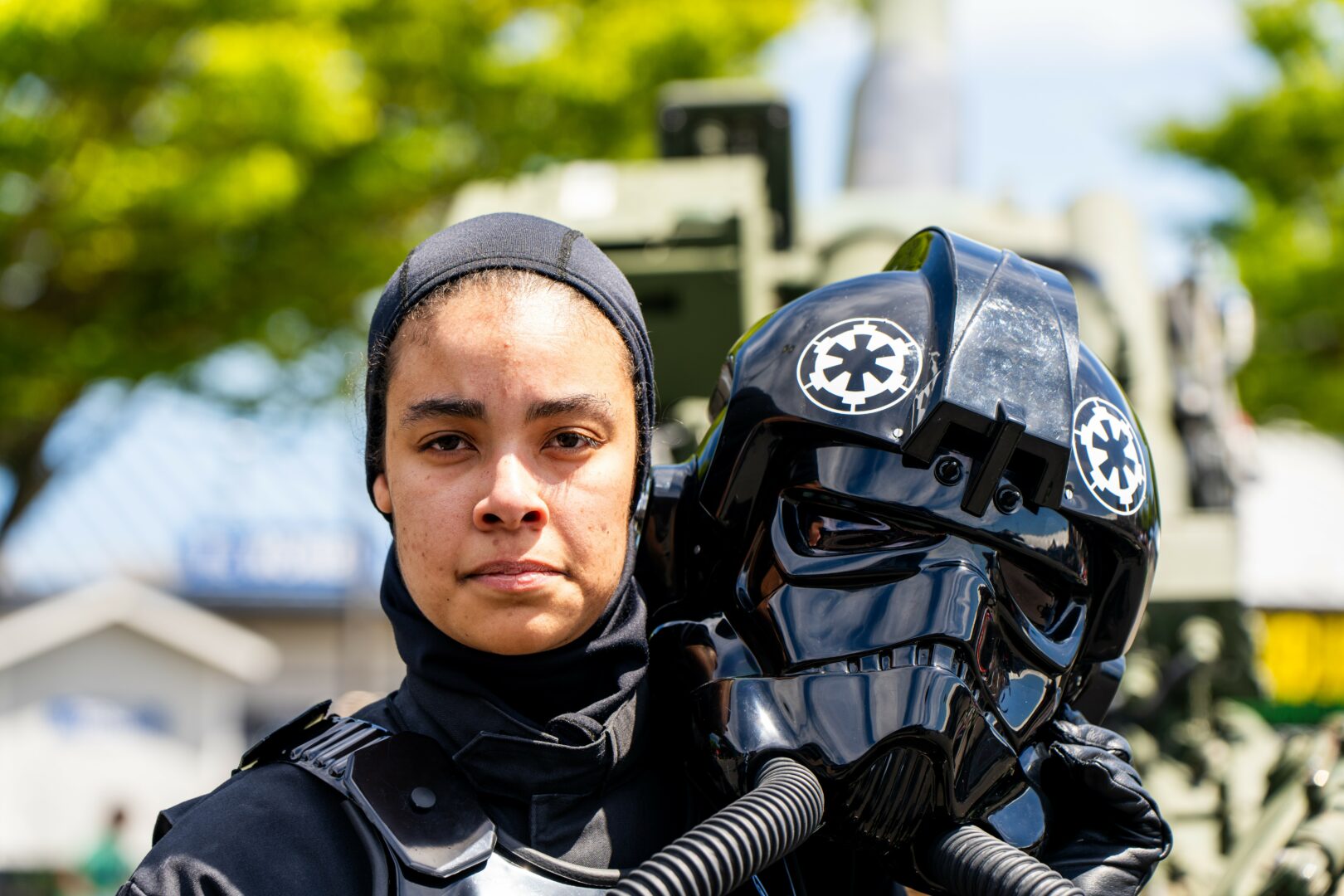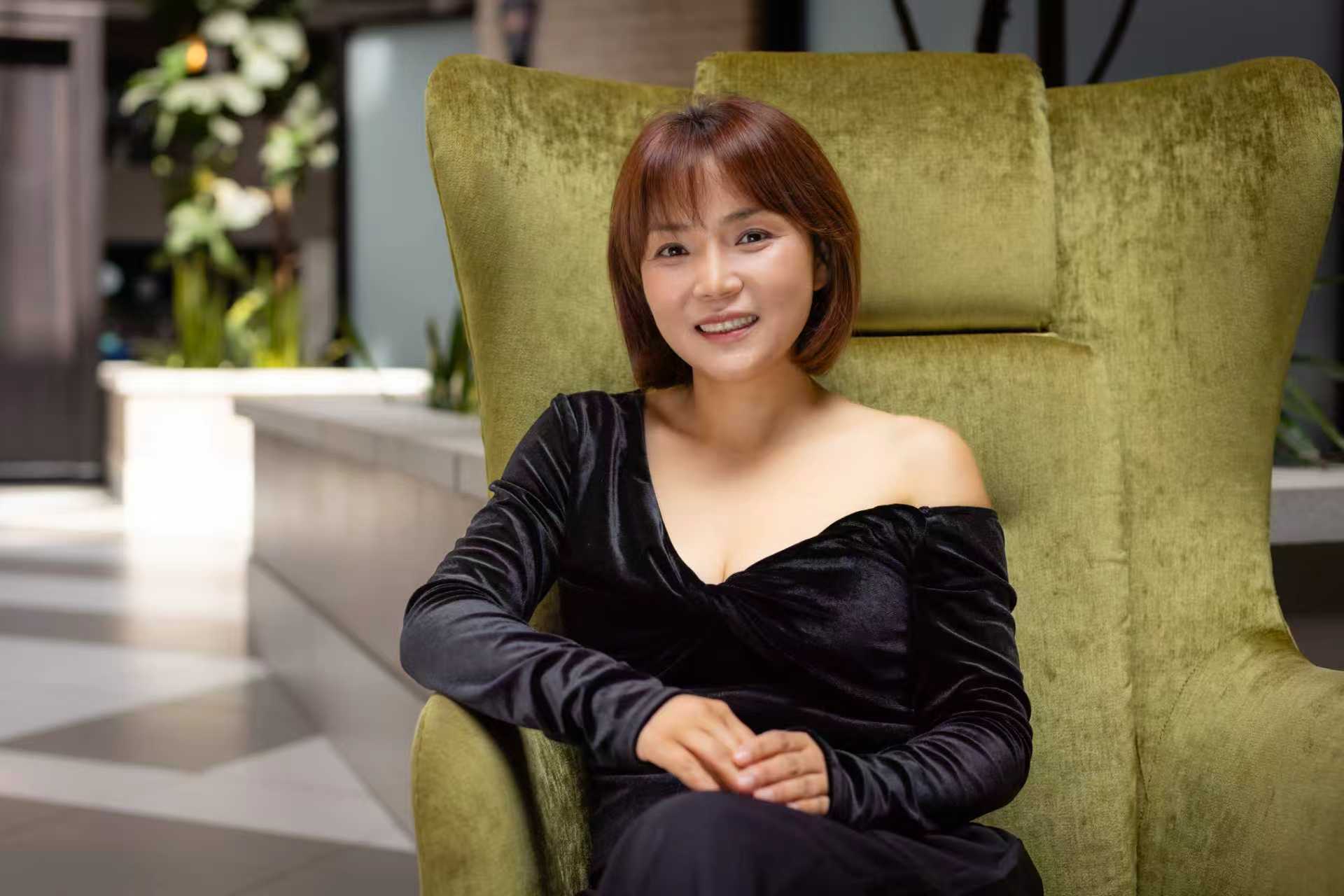We caught up with the brilliant and insightful Aaron Brodeur a few weeks ago and have shared our conversation below.
Aaron, so happy to have you with us today. You are such a creative person, but have you ever had any sort of creativity block along the way? If so, can you talk to us about how you overcame or beat it?
I never really experienced creative block in the traditional sense. The problem wasn’t a lack of ideas, it was too many of them. I worked across so many mediums and directions that I could have gone anywhere, and I didn’t know which path was mine. Instead of deciding, I made everything.
For years, I created work for calls from galleries and institutions. Each call had a theme, and I made work to match it so my submission would have a better chance of being chosen. The work was good, but it wasn’t mine. I confused my skill sets with my artistic identity, and the more I produced, the less I recognized myself in the work.
Eventually I realized I was depending on validation from others to define me. I cared too much about what people thought of me and my work, about being chosen, about landing opportunities that I hoped would move me forward. I was performing instead of leading my own path. I had to stop chasing approval and take full ownership of where I was going. My work needed to come first. Even more so, I had to do a deep dive and take as much time as necessary to isolate the core of my artistic identity, and finally reach clarity and understanding of who I am. I needed to trust that if I made that my priority, the right opportunities would follow.
That’s when I stepped back for a couple seasons, like a hibernation period. I needed time to pause, reflect, and find my center. I looked back at everything I had made, refined my thinking, and started reconnecting with what truly mattered to me.
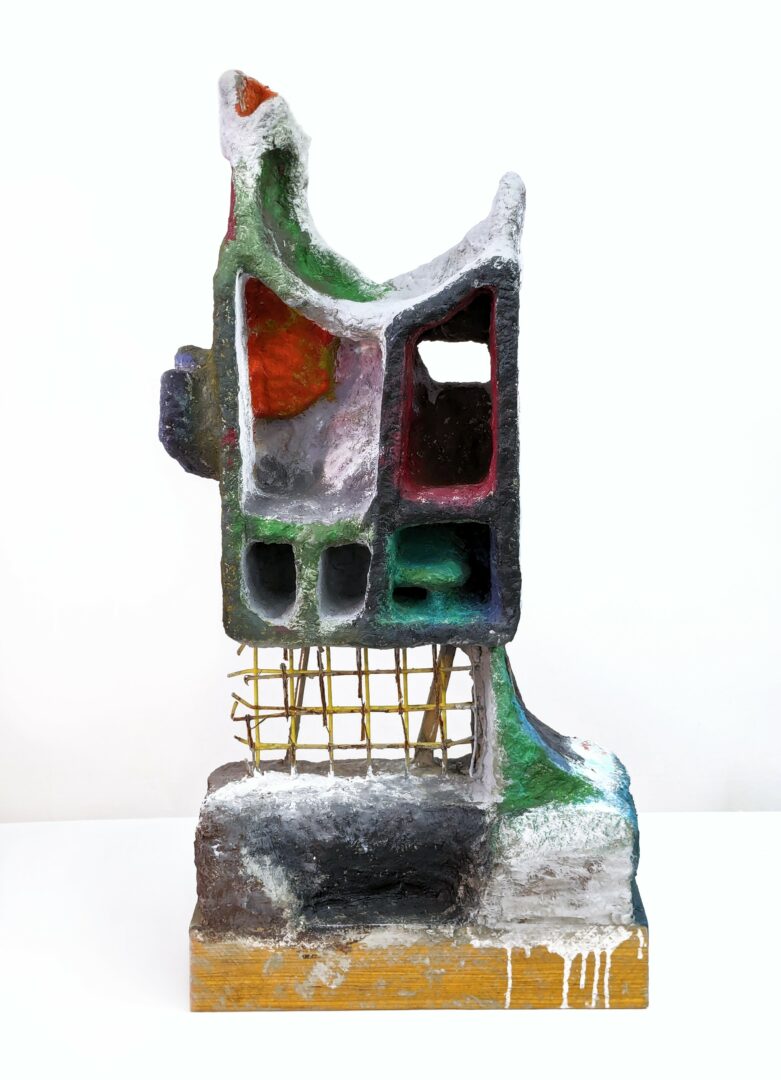
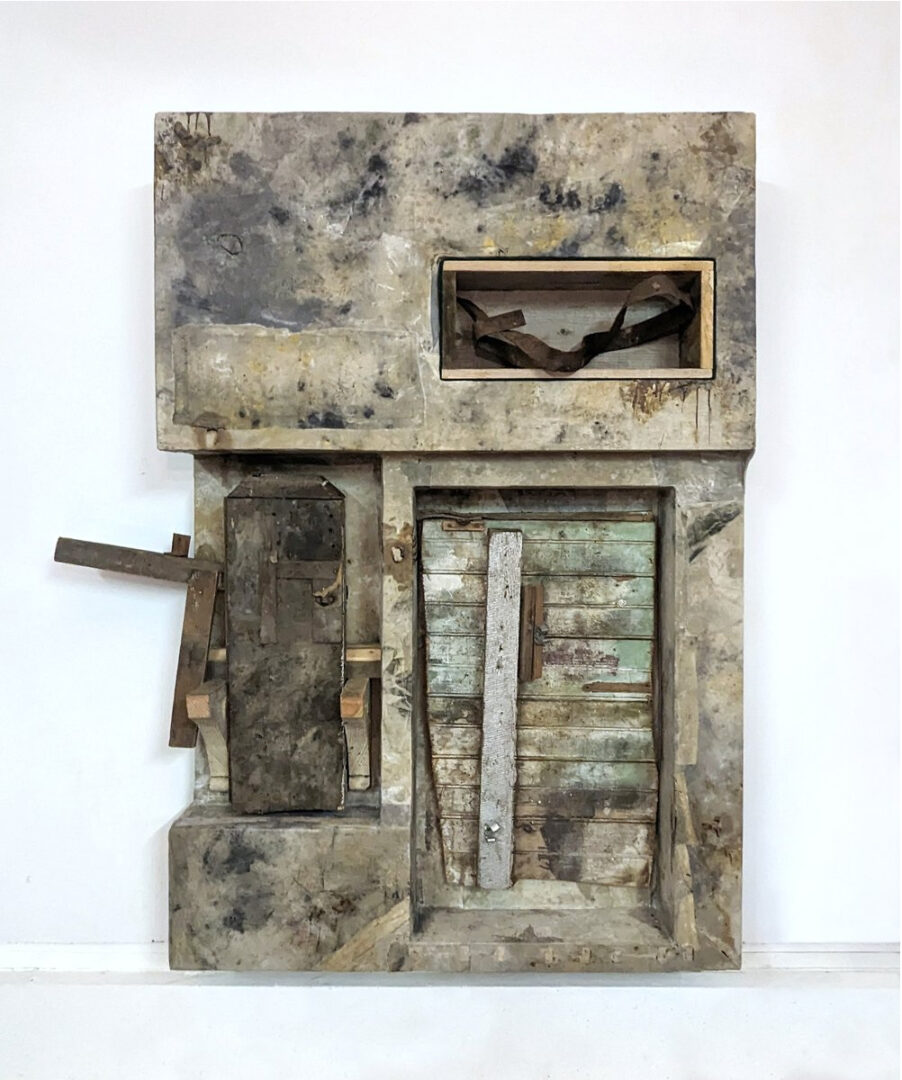
Let’s take a small detour – maybe you can share a bit about yourself before we dive back into some of the other questions we had for you?
I’m a multidisciplinary artist, and my practice builds from how I internalize the world around me. I’m hyper sensitive to the layered complexity of the contemporary condition, which I refer to as a maximalist barrage of information, immediacy, and stimulation. The oversaturation of all that content accumulates quickly, and I’m like a sponge that sops all of it up. My art is responsive to what builds through that process. I’m interested in incongruence, simultaneity, and multiplicity; in how different things can exist together even when they don’t align. I intentionally use this technique to combine various content within the same work. Meaning forms through relationships that develop within shared space and through discovery rather than control.
Right now, I’m preparing for a solo exhibition that continues this direction. It brings together the four tenets that guide my practice: wrongness, accumulation, interiority, and dialogue. They give the work structure while keeping it open for unpredictability and discovery to find its way in. It’s an exciting system to be working with. There are always new challenges that keep me engaged, and I don’t always know how the pieces will turn out.
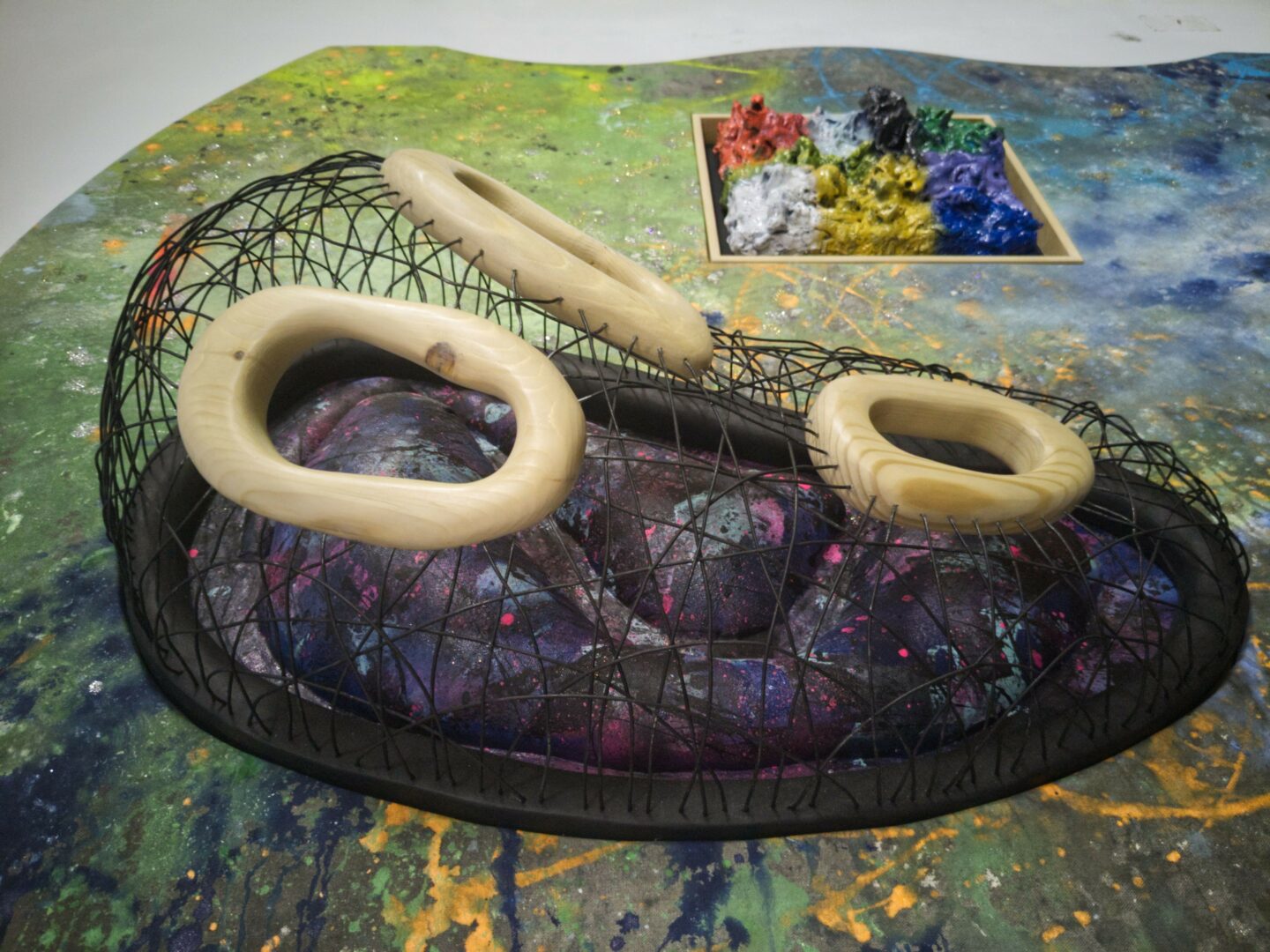

If you had to pick three qualities that are most important to develop, which three would you say matter most?
Serious commitment and hard work have defined my path. I have always invested fully in my practice, learning skills, researching, reading, visiting galleries and museums, listening to lectures and artist talks, and paying close attention to everything I can take in. Learning is lifelong. It is built into how I work.
Reflection, internalizing, and absorbing have shaped my development. Taking time to process what I am doing helps me recognize patterns, understand why I make certain choices, and see what is evolving in the work. That awareness has been key to my growth.
I have always been curious. It is just part of who I am. That curiosity pushed me to explore many different directions early on, trying everything I could get my hands on. It helped me build range and flexibility, but it also came with a cost. I chased too many impulses at once, and over time that scattered my focus. I learned that curiosity can expand your knowledge but also dilute it if you do not keep sight of what matters most.
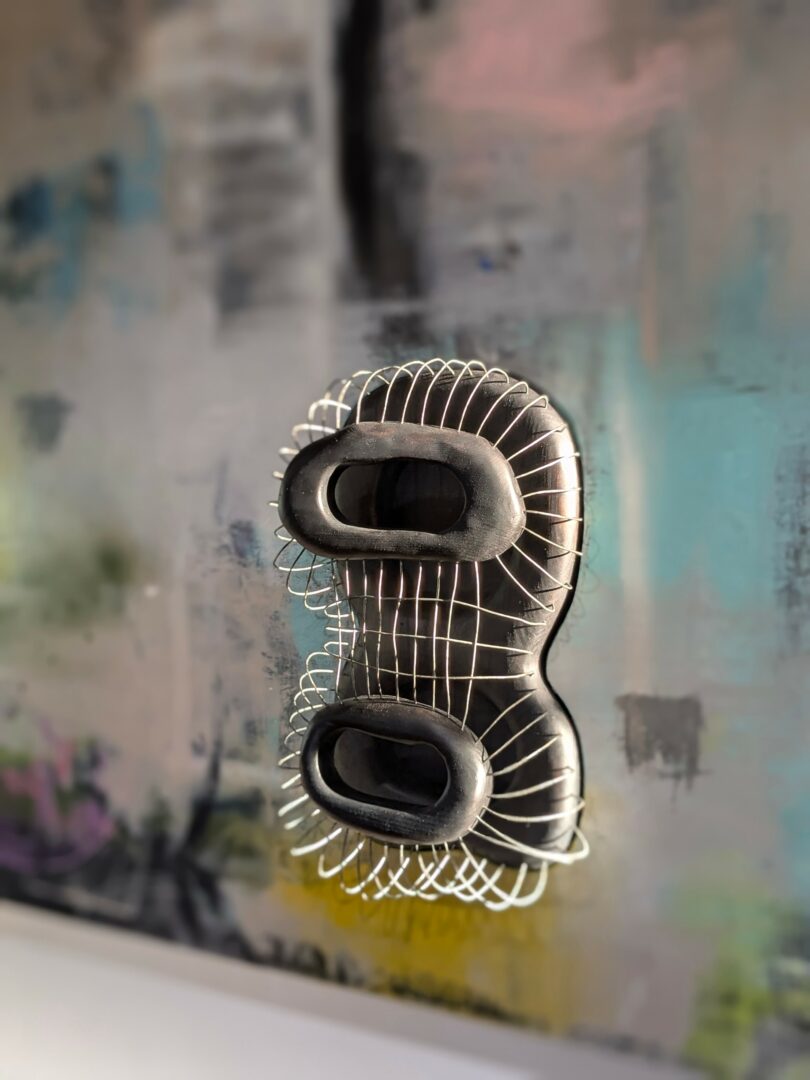
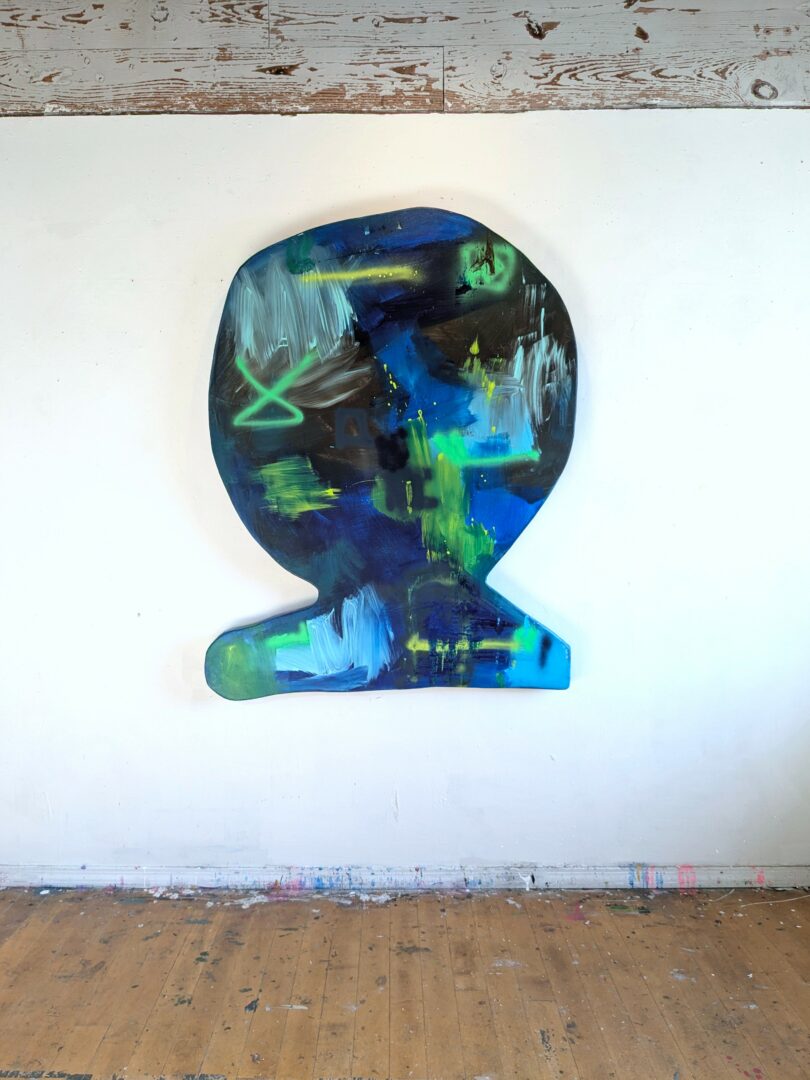
We’ve all got limited resources, time, energy, focus etc – so if you had to choose between going all in on your strengths or working on areas where you aren’t as strong, what would you choose?
It is a mix, but I think it is best to go heavy on your strengths. Master them. That is where your real power is. Spend most of your time developing what you are already good at, then use short periods to learn techniques or disciplines that enhance those strengths. Sometimes a new skill can unlock something unexpected.
If you feel strongly drawn toward learning something outside your usual range, pay attention to that. It might be your strengths leading you somewhere new. But be careful. Every time you sidestep, there is a chance it can throw you off course. It is easy to get distracted, and sometimes you do not find your way back to the same track.
I know this from experience. I have always had the impulse to explore. I spent a lot of time diversifying, and while I learned a lot, it also set me back. I spread myself thin, lost focus, and delayed finding my real voice. I built a toolkit that was wide but not yet grounded. It caused a lot of anxiety, and I burned myself out chasing too many directions.
For multidisciplinary artists, exploration is natural and sometimes necessary, but it needs boundaries. If you are not careful, it becomes a form of procrastination that feels like progress. You tell yourself you are learning, but really you are avoiding the harder, more uncomfortable work of going deeper into what you are best at.
I had to learn that discipline is not restrictive. Without discipline there is no focus, and without focus everything becomes too open-ended. Too many options lead to doubt and overthinking, and that turns into paralysis. Discipline gives you a center. It keeps things contained enough to move forward. There is freedom in that structure. It is what allows real exploration to happen without getting lost in it.
Contact Info:
- Website: https://aaronbrodeurart.com
- Instagram: @aaron.brodeur_studio
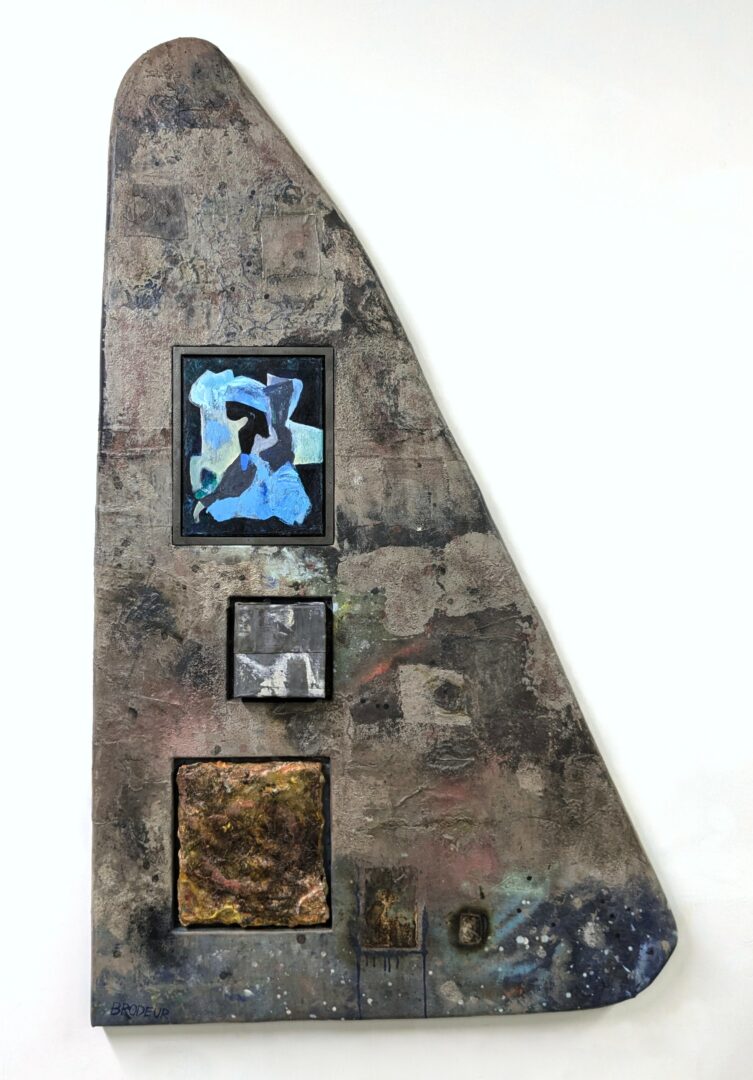

so if you or someone you know deserves recognition please let us know here.

